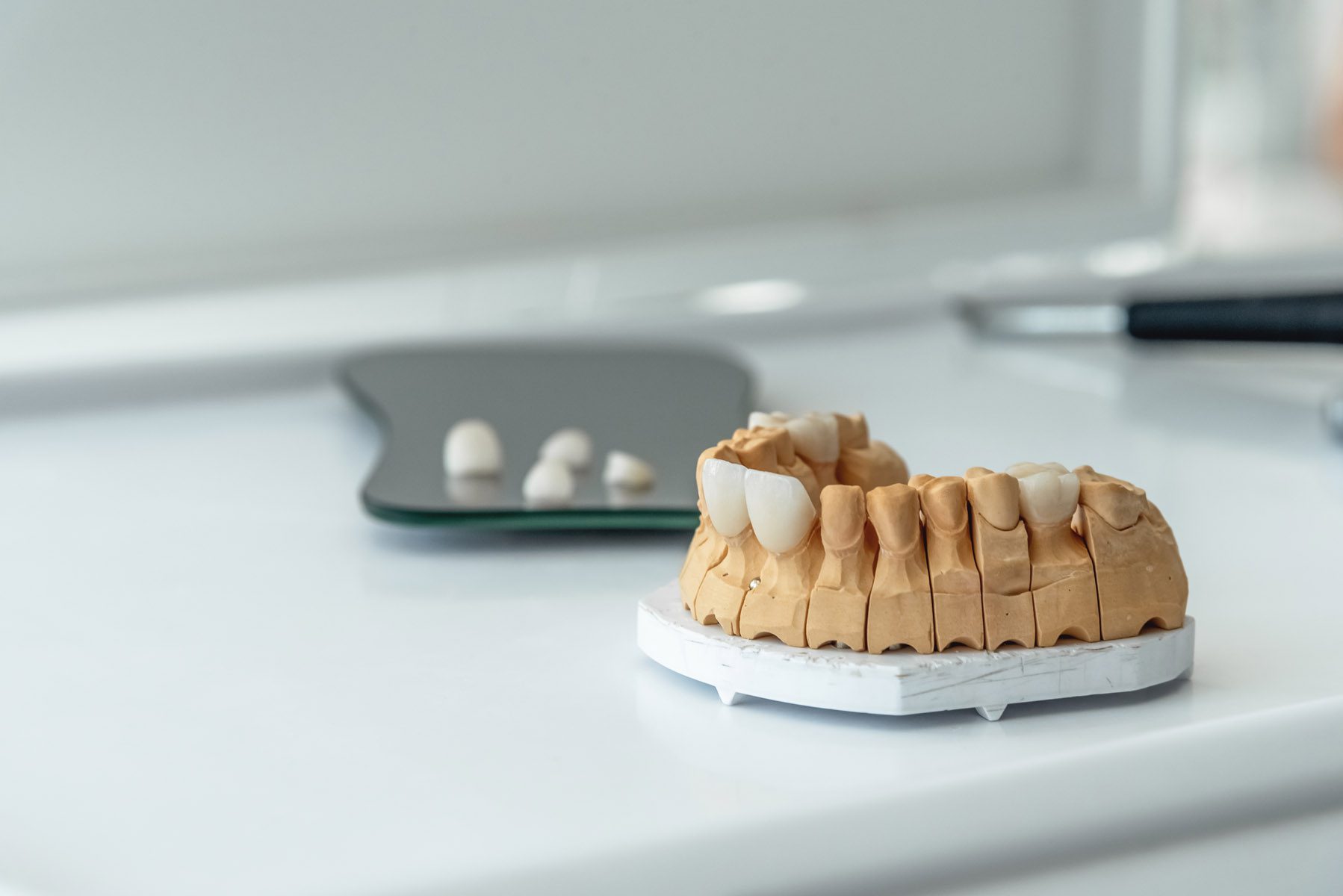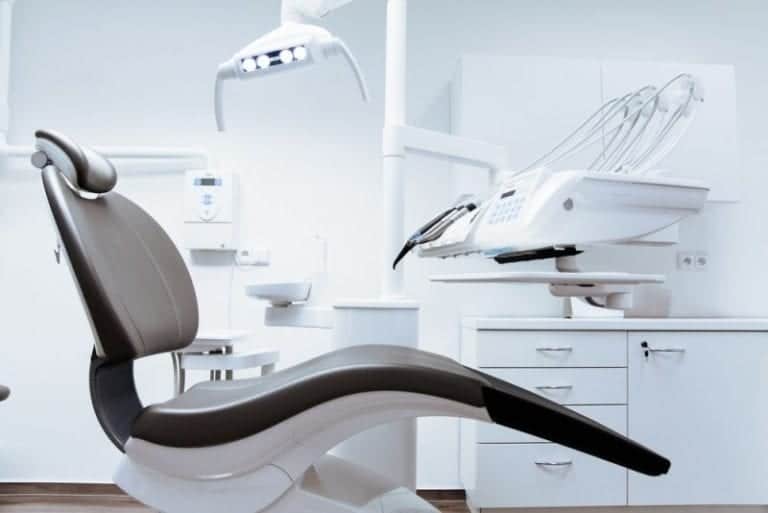Color matching is one of the more difficult parts of a dental restoration, but also vital to the process. Patients will frequently reject non-harmonic restorations, and it’s important to get it right on the first attempt to save time and resources. Recently, researchers conducted a study to test a color correction technique that can be used to change the final color of dental restorations and to increase harmonic acceptance.
The goal1 of the study was to measure a technique’s ability to create restorations that exhibited mimesis. The researchers used plastic typodonts and surveyed 120 volunteers2.
Why This Matters
Color matching is a primary concern among patients. If dental restoration colors do not match expectations, patients may reject the restoration or be dissatisfied with the service provided by their dental specialist. For dental labs and dentists, it is important to ensure that the color match will be effective and meet patient expectations.
The methods outlined in the study should help ensure the implementation of higher-quality dental restorations that patients will be more likely to accept. Further, the study also shows that dental restorations can be repaired and restored to a patient’s satisfaction. This could allow for dental labs and dentists to correct color mismatches observed in dental restorations.
Examining the Study Method
Composite resin was conditioned with phosphoric acid, then rinsed with water and air dried. Silane was then applied for one minute and air dried. A light adhesive system was next applied and the insertion was initiated. Translucent resin was inserted into the area between the mamelons and the opaque halo. Then, A3 enamel resin was applied in a single increment. It was adapted with the use of brushes. Finishes touches were then made.
The authors tested three different preparation depths: .5 MM, .7 MM, and 1 MM. The aim was to modify the brightness and color of unsatisfactory restorations. Six teeth with Class IV lesions were used. These were referred to as the test teeth, or TT for short.
Results: High Acceptance
720 evaluations were conducted. In total, 610 were accepted as harmonic, with 110 being rejected. This is good for an 85% acceptance rate. The highest acceptance rate was among lay people at nearly 88%. Approximately 83% of dental students and 84% of operative dentistry experts accepted the results.
For dental labs and operative dental experts, the high acceptance rate of these dental restorations is certainly encouraging. Acceptance differed by millimeter depth and dental restoration type. For DA3.5 restorations, .5 and .7 mm restorations had the highest acceptance rate. For the more severe DA4 restorations, a depth of a full 1 mm proved to be more widely accepted.
This research and the lessons learned will help dentists and dental labs prepare higher quality dental restorations that patients will be more likely to accept. This will allow dentists to better serve their patients and to increase the likelihood of acceptance.
Recommended Reading – Management Of Dentin Hypersensitivity By National Dental PBRN












